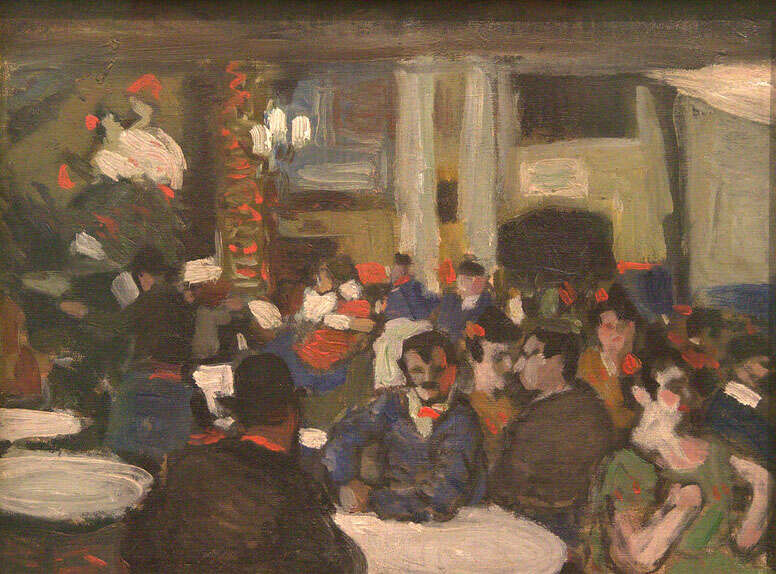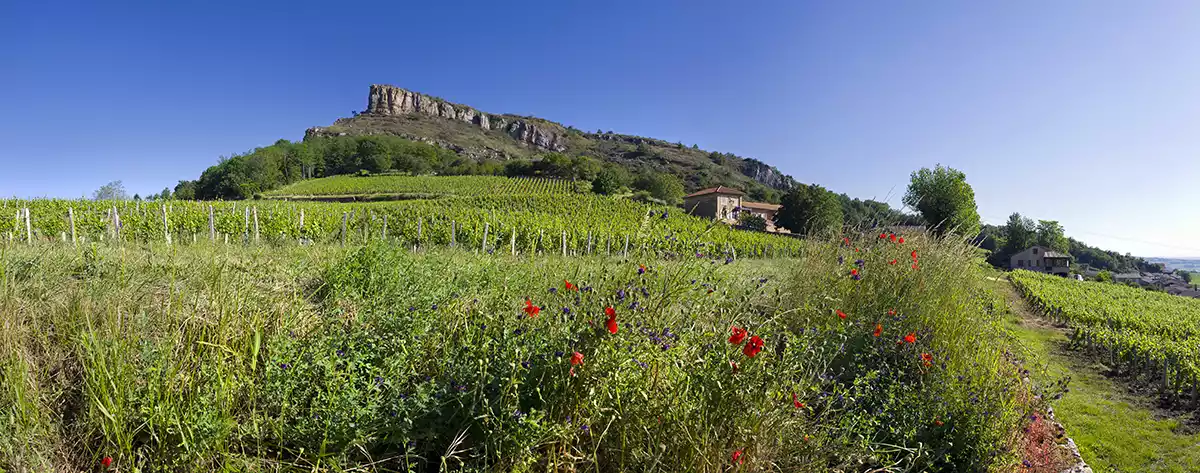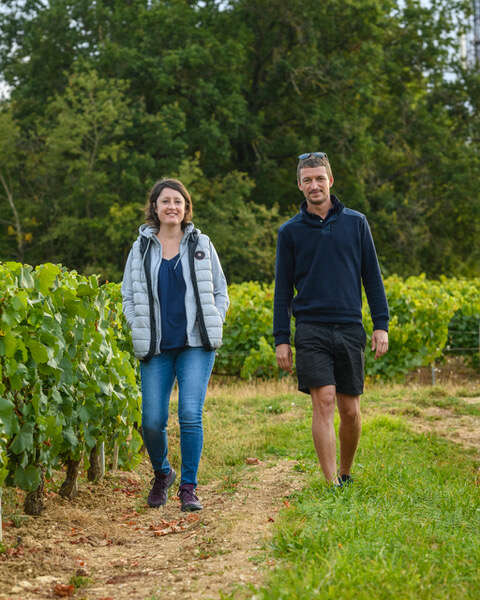
The latest temporary exhibition at Bordeaux’s La Cité du Vin traces the importance of wine and other drinks in the life and work of Pablo Picasso. Paige Crawley reports.
At the Cité du Vin in Bordeaux, the intersections of wine, religion, history, and—of course—art are on display in the temporary exhibition Picasso: The effervescence of shapes. The exhibit highlights the role of wine and other alcohol in the work of Pablo Picasso, including works featuring alcohol as the subject, as well as those that interact with the culture and history of wine.
From the artistic motifs of Ancient Greece to the symbology of the Catholic Church to Picasso’s contemporary alcohol-soaked French social scene, the many manifestations of wine and alcohol are—as the exhibit asserts—no accident.
Under the direction of eminent art historian Stéphane Guégan, Picasso: The effervescence of shapes also features the ceramics created by the artist later in his life, which, according to Guégan, are frequently overlooked.
The exhibition includes pieces on loan from several museums across Europe, including the Musee National Picasso-Paris and the Museu Picasso de Barcelona, as well as from private collections. It opened 15 April and is on until 28 August, 2022.
La Cité du Vin: Promoting the heritage of wine
La Cité du Vin, opened in 2016, is a project of the Foundation for Wine Culture and Civilizations (Fondation pour la culture et les civilisations du vin) that seeks to promote the heritage of wine to enthusiasts and the general public alike.
In addition to events geared at declared enophiles, such as tastings and academic seminars, La Cité maintains a permanent exhibition accessible to tourists and a more general audience. The museum proposes several “themes” tailored to specific audiences, including those seeking a general visual experience, those interested in the process and history of winemaking, and children. A virtual tour of the museum’s unique architecture is also available on its website.
Picasso: The effervescence of shapes is the most recent of the museum’s frequent temporary exhibitions; previous examples include Drinking with the gods (on wine in Antiquity) and Argentina: A land of contrasts (on Argentina’s wine heritage).
Picasso, whose prolific career spanned over half a century, is one of the most iconic artists—and indeed cultural figures—of the 20th century. While he is perhaps best known for his distinctive colorful, often surreal portraits, such as The Old Guitarist, as well as for pioneering cubism, his body of work in fact incorporates a vast range of styles.
In addition to painting, Picasso worked in varied mediums, including photography, sculpture, and ceramics. He was born in Málaga, Spain—a region with a long winemaking history—in 1881 and, like most in Spain at the time, was raised in a Catholic family.
He is commonly considered an artistic prodigy; one of his first notable works, Portrait of Aunt Pepa, was likely painted when he was only 14 years old.
Following frequent trips between France and Spain in the first years of the 20th century, Picasso permanently relocated to Paris in 1904. He spent the remainder of his life and artistic career living in France.
Alcohol was an important facet of French artists’ social scene and of their art. Bars, cafes, and other drinking establishments often served as meeting places and hangouts for artists of the generations immediately preceding Picasso, and it is no surprise that they frequently took these places and their wares as subjects for their works.
The early impressionist Manet is famous for his lively bar scenes, such as A Bar at the Folies-Bergère, which displays an array of multiform bottles. Degas painted similar scenes. (Notably, French art of the late 19th and early 20th centuries was especially preoccupied with absinthe, the—at the time—provocative and chic liquor; the near-total devastation of French vineyards in the 1870s may have spurred its consumption.)
The cultural ripples of alcohol
Picasso, like other artists living in France at the time, was the inheritor of the cultural ripples of alcohol, as well as of the visual themes it inspired throughout the 19th century. The interplay between Picasso’s cultural and religious context and his prototypically innovative approach is preserved in Picasso: The effervescence of shapes, which traces the entirety of the artist’s career through five “chrono-thematic” sections.
The exhibition begins with a section titled “Catholic Picasso,” which includes works from the artist’s youth and focuses on his Catholic roots. Its centerpiece is the 1896 painting The First Communion, which depicts a young woman about to receive her first communion.
The section also includes studies for The First Communion and sketches featuring the Last Supper. While these works do not prominently feature alcohol per se, they do reveal an important facet of Picasso’s relationship with wine: wine not only as a religious sacrament, but also as marker of identity.
For Catholic Picasso, wine was not simply a tool for worship, but must also have been a sort of divine vessel, which, through God, became something new and holy. The doctrine of transubstantiation, by which Eucharist wine becomes the blood of Christ, was and remains a defining feature of Catholicism. These works also lay a foundation for Picasso’s later exploration of wine in the very different context of ancient Greco-Roman religion.
The second section, which shows Picasso’s progression from the “academic” realist style of early works like The First Communion towards a more impressionistic, surreal approach, highlights popular alcohol culture. The selected works show a spectrum of interactions with alcohol, ranging from the colorful, lively Café-concert of Parelelo to the somber The Frugal Repast, which portrays an emaciated man and woman seated before an empty plate and a bottle of wine (Guégan suggests the circular dish, small piece of bread, and a small amount of wine in a glass have additional religious resonances).

The exhibition also includes works of Picasso’s contemporaries and friends with similar imagery, which highlight the popularity and social significance of these themes. “Drunkenness of Shapes” marks the beginnings of cubism and Picasso’s emergent fascination with the manipulation of visual forms—including the iconic silhouette of the wine bottle and glass.
The title may be a bit tongue-in-cheek, but the perception-altering nature of alcohol certainly inspired Picasso’s interest in the visual and spatial depiction of wine-related themes; two mixed-media pieces titled Glass, Newspaper, and Die even bring the drinking vessel into three-dimensions.
The exhibit returns to the religious history of wine with a series of works depicting or alluding to Greco-Roman visual motifs and culture. The Minotaur’s Repose: Champagne and Mistress depict a minotaur and a nude woman reclining on a couch; the minotaur looks over his shoulder towards the viewer, raising the glass of wine in his hand.
Wine was ubiquitous in ancient Greece in all social settings: symposia, the intellectual gatherings of the elite, were literally situated around mixing bowls of wine, and no religious observance was complete without the pouring of a libation or two.
Yet the inhabitants of the ancient Mediterranean were well aware of the two-sided nature of alcohol. In a famous passage from the 5th century tragedy the Bacchae, the god of wine, Dionysus, is described as both eminently good and eminently destructive to humankind.
The Dionysiac characters of satyrs and maenads (depicted in Picasso’s Bacchanale) also embody the intoxicating effects of alcohol, which distance drinkers from the rational mind and, in Greek myth, their humanity.
The very classical idea of metamorphosis also reoccurs in Picasso’s corpus; this section of the exhibit includes drawings of minotaurs and photographs of the artist himself wearing a giant bull’s head. This is a very different relationship to wine than the Catholic imagery of Picasso’s earlier career evokes, but both imply significance and even a form of reverence. In Picasso’s works, wine can be both transformed and transformative.
Picasso and pottery
One of the most notable aspects of Picasso: The effervescence of shapes is its inclusion of pottery made by Picasso later in his life. In 1946, he took up ceramics at the Madoura workshop in Vallauris, where he made many hundreds of pieces.
These were primarily practical vessels, such as plates and bottles, but they were by no means prosaic. A bottle made in 1950 titled Kneeling Woman, is, as the name suggests, wrought into the shape of a seated woman and is painted in blue, black, and white. Picasso: The Effervescence of shapes also highlights literary responses to Picasso and alcohol.
The poet Guillaume Apollinaire, who was a friend and supporter of Picasso, wrote a collection of poems titled Alcohols, which in an edition displayed in the exhibition is accompanied by a cubist portrait of the author by Picasso. The exhibit also includes a poem Apollinaire wrote about Picasso himself.
In Picasso: The Effervescence of shapes, La Cité du vin expands the relationship between Picasso’s oeuvre and wine beyond his famous contribution to the label of the 1973 Château Mouton Rothschild, from his adolescence up to his late career, from oil paintings to pencil sketches to sculpture to ceramics. It also extends the spotlight beyond Picasso himself and into the historical, artistic, and social contexts of European alcohol culture. The exhibition closes August 28, 2020.






